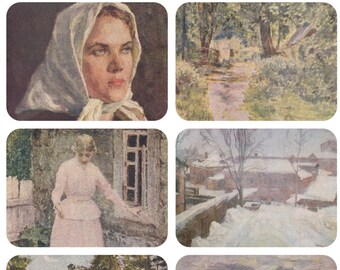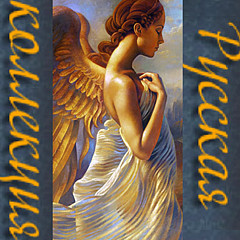

The pavilion – built just before the 1917 Russian Revolution – is traditionally a meeting place for much of Russia’s political and cultural elite, who eagerly take the trip to Venice to be seen at arguably the most prestigious exhibition in the world.ĭays after Russia invaded Ukraine, two Russian artists declared that they could not represent their country at the pavilion, while their Lithuanian-born curator Raimundas Malašauskas resigned. Russia’s parliament last month passed a law imposing a jail term of up to 15 years for spreading “fake” news about the military in Ukraine.Īnother building that will remain empty in the coming weeks is the national pavilion of Russia at the Venice Biennale. You know making an anti-war statement has legal consequences,” he added. “After the invasion, a lot of people were asking the institution to take a more prominent stand, like institutions were writing open letters saying GES-2 and other museums should say something, but it’s really a threat to their own existence,” said Francesco Manacorda, the former artistic director of the V-A-C Foundation in Moscow that manages GES-2, who resigned shortly after the war started. Though these are not in use today, Post's desire to educate visitors about the collections is carried on through the variety of ways that visitors can learn about the collections-including docents and audio tours.Francesco Manacorda, the former artistic director of the V-A-C Foundation: ‘You know making an anti-war statement has legal consequences.’ Photograph: Dimitar Dilkoff/AFP/Getty Images Further evidence of her intention to share the collection is found in the pull-out trays with object labels just underneath the cases. In planning the renovations for Hillwood in 1955, the forward-thinking collector requested that built-in, lighted display cases be included in almost every first floor room. The display cases in this room and others on the first floor were well-planned elements added by Post. Plates from the Kremlin Service, from the early to mid nineteenth century, reflect Nicholas I’s desire to return to a “traditional” Russian style.

A soup plate from Her Majesty’s Own Service, produced for Elizabeth I of Russia in the late 1750s, was part of the first service made by the Imperial Porcelain Factory. Other important services from the Imperial Porcelain Factory are featured in this space. George Dessert Service, which contains the order’s star and ribbon on either side. An excellent example of a piece from one of these orders is the basket from the Order of St.

This type of provenance was extremely attractive to Post, who embraced Russian porcelain for its beauty, craftsmanship, and direct association to the imperial families. Knights of the various orders honored for their government and military service used these pieces when they dined at the Winter Palace on the feast day of their patron saint. The most prominent pieces displayed in the Russian porcelain room belong to four order services commissioned by Catherine the Great in the late eighteenth century. While her acquisitions in the Soviet Union formed only the nucleus of her Russian collection, her experience there sparked a passion that lasted the rest of her life. Although she had been an avid collector of French porcelain since the 1920s, she fell in love with the beautiful Russian porcelain and glass for sale by the Soviets to fund their industrialization program. Davies, served as United States ambassador to the Soviet Union. In 19 Marjorie Post’s third husband, Joseph E. This imperial coat of arms sets the tone for the Russian glass and porcelain lining the walls, mostly produced in imperially owned or sponsored factories. When visitors enter the Russian porcelain room, they are welcomed by a majestic double-headed eagle inlaid in the center of the floor.


 0 kommentar(er)
0 kommentar(er)
